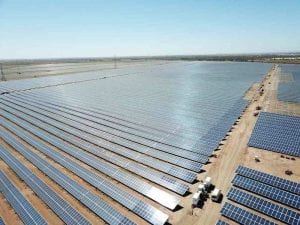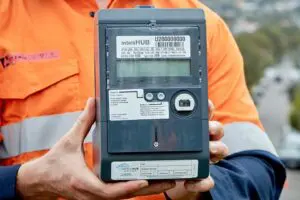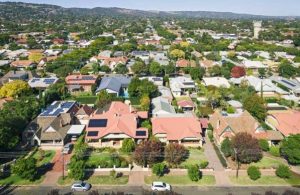They say size doesn’t count, and in this case it probably didn’t count much. But the first ever dispatch of the new wholesale demand response mechanism in Australia’s main grid points to a future of smart, green technologies and a zero emissions grid.
Demand response, like energy efficiency, has been around as a concept for years as a likely smarter and cheaper alternative than simply repeating the conventional approach of building more fossil fuel generators and yet bigger grids to meet periods of peak demand.
But it’s faced intense opposition from the incumbent utilities. Snowy Hydro, for instance, the government owned company that makes a lot of money from cashing in at periods of high prices, once dismissed it as “enforced blackouts.”
Finally, however, the technology and its promoters managed to overcome the objections of the vested interests, and a mechanism that allowed the technology to play a role in the National Electricity Market was approved last year.
In the late afternoon on January 31 this year, amidst a heatwave and soaring demand and a surge in electricity prices, wholesale demand response was finally deployed in the market for the first time.
Two different units totalling 10MW were deployed by Enel X, and were likely big energy users that were contracted – and paid handsomely – to dial back their electricity consumption.
Why do this? Well, it saves burning gas or diesel at such critical moments when the price jumps towards the market cap of more than $15,000/MWh, and it provides more flexibility to the grid.
According to the Australian Energy Market Operator, there was some 58MW of wholesale demand response (WDR) capacity in the main grid by the end of the March quarter, all of its NSW, Victoria and South Australia.
There is another 20MW of capacity from a data centre in Tasmania that will also play in the frequency market.
AEMO says demand-side resources will be essential to meet large daily swings in demand, which are accentuated by the growth of rooftop PV, and ramps in large scale renewables, as well as sensitivity to price movements for big loads.
“Operational demand forecasting for demand ramps and associated uncertainty and variability driven by the weather systems and/or market responses are critical for short term commitment and utilisation of resources,” it says.
While the January 31 event was the first, it was followed up quickly by other interventions, in February, and on more than half a dozen other occasions since April as prices regularly surged towards the market peak.
One of those events, on May 3, illustrate its impact on prices. This graph above was provided by Enel X, which dominates the market, and it shows how the price in NSW would have been higher without demand response.
Enel X says that its “Virtual Power Plant” was dispatched and provided over 40MW of demand response (blue line on below graph) to support the grid when supply was tight and prices were high. It knocked an average of $1,270MW off wholesale prices.
The virtual power plant is made up of different sites, including data centres switching to on-site backup power, chemicals and metals manufacturers temporarily halting production, cold stores curtailing their chillers, and even hospitality venues.
Carl Hutchinson, head of operations in the Asia Pacific for Enel X, says the company has now has more than 100MW of capacity lined up for its demand response activities, including smelters, metal companies, data centres and others.
“That’s grown pretty quickly in the six months since we entered market at the end of October,” he says.
“We are displacing high priced generation, which helps to take some level of control over those high prices,” he says. “It’s usually displacing something that is bidding between $10,000 and $15,000/MWh. It adds flexibility, and it clips prices.”
The decision by the market rule-maker, the Australian Energy Market Commission, last year to allow wholesale demand response was welcomed. But there is still great frustration that it has not been extended to smaller business and retail customers.
“The history of demand response and the electricity grid is it’s a bit of a bad tale, especially with respect to residential customers,” Chris Cormack, of Discover Energy, told the recent Smart Energy Expo.
He said retail customers were put in the too hard basket, but it means that the potential of harnessing then air conditioners, the EVs and the batteries that are distributed around the homes in the grid is limited.
“I look at that as unfinished business. We need to solve that problem.”
His thoughts were echoed by Craig Memery, from the Public Interest Advocacy Centre and one of the key advocates for the demand response mechanism, who was also frustrated by the refusal to open it up to the retail market, because of the push back by incumbents.
“My message to existing energy businesses is innovate, or stand back and let the innovators through,” Memery told the same conference.
“Because as a consumer advocate for some years, one of the biggest frustrations that I’ve experienced is that good reforms that have needed to go ahead, and that have eventually gone ahead – and a very good example is demand response – about the only reason there has been a delay is because of the push-back by existing businesses.”











